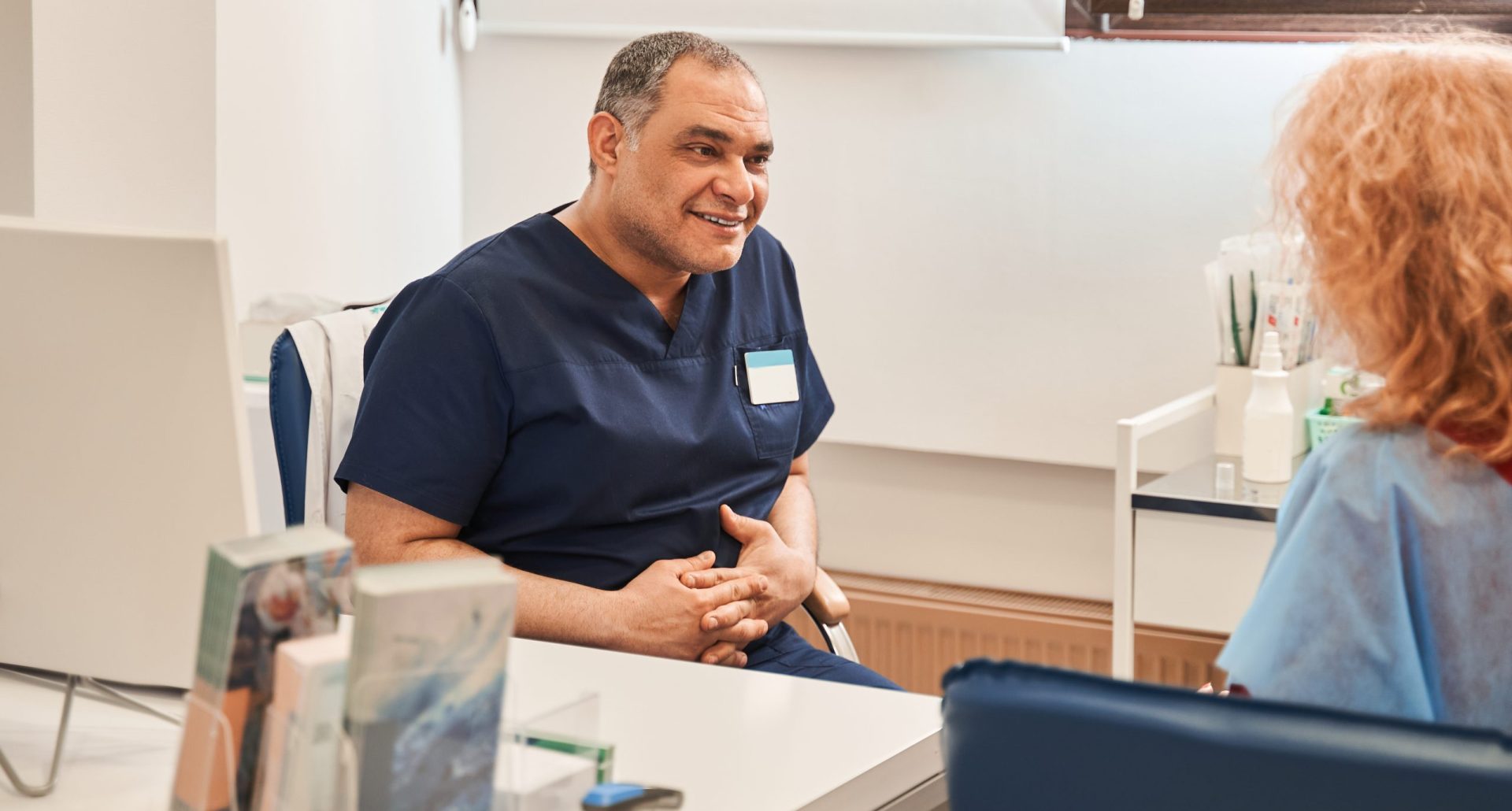How to go on a sensory walk

What is a sensory walk?
A sensory walk encourages you use all your senses and connect with your surroundings while walking.
They’re a great way to relax, keep fit and get in touch with nature.
Here are some things you can do on a sensory walk:
- Feel the cool summer breeze on your face
- Listen to the gentle sound of a stream
- Touch the rough pattern of tree bark
- Feel the warm sun on your face
- Enjoy the smell of spring flowers.
Sensory walks can help people with sight and hearing loss engage with nature and have more fun, interactive experiences.
What are the benefits of sensory walks?
Sensory walks can be great for your mental health and fitness level.
Fresh air, walking and nature can all help to improve your mood. Some of the benefits of sensory walks include:
- Improved mental health
- Being more connected to the present
- A sense of focus and calm.
You may also enjoy the social aspect of walking with a group; sensory walks can be a good way to meet like-minded people!
Lots of people use sensory walks to practice mindfulness. Mindfulness is all about being aware of your own thoughts, feelings and the world around you. Sensory walks are an easy way to try mindfulness, because they encourage you to slow down and be in tune with your surroundings.
How many senses do we have?
Scientists can’t agree on how many senses we have, so it depends on who you ask. The big ones include hearing, sight, smell taste and touch.
Some of our neurological and psychological senses include:
- Air pressure
- Balance
- Body awareness
- Feeling of gravity
- Feeling hot and cold
- Feeling of motion – imagine the feeling in your stomach of going over a bridge in the car.
We all sense things differently. For example, some people can taste shapes and even hear colours.
How do you plan a sensory walk?
Here are our top tips to help carers of people who are deafblind plan a sensory walk.
Plan your route before you leave
If you’ll be guiding or supporting someone with dual sensory loss on a sensory walk, planning your route in advance can help make sure things go smoothly. It can also help you enjoy the experience and reduce stress.
Here are some things you can do to help plan:
- Walk the route yourself beforehand
- Note down any uneven surfaces
- Plan the route around the fitness level and interests of the walker
- Check that there are places to rest on your route
- Try to include experiences that use a wide range of senses
- Tell someone you trust where you are going and when you will return
- Check that the pathways are wide enough for wheelchairs.
Make a map stick
A map stick is a tactile indicator that provides information about the length, progress, and experiences of a walk. It’s a tool for receptive communication.
You can use anything for your map stick – you don’t need any fancy equipment! The main thing is to make it in advance of your journey and include key information like:
- How long will the walk be
- What is going to happen on the walk
- Signals for key points in the journey (like stopping for lunch).
Find out how to make a map stick here.
Reduce the risk of background noise
Background sounds can have a big impact on people with sensory loss. Even if you are walking in a private garden, there might be machinery or vehicles making background noise that could disrupt your experience. Machinery can also be dangerous and cause worry that make it harder to enjoy your walk.
If you’re worried about this, contact the venue ahead of your trip. Let them know when you’re planning to come – they should be able to tell you if there is work planned, or a route you can take with reduced background noise. If they are planning activities that use machinery, they could move these to another day, or let you know where the work will take place and advise their staff. Potential sources of background noise include hedge trimming, lawn mowing and tree cutting.
Keep everyone safe with walk leader training
If you are going out with a large group, consider taking a walk leader training course. This will help everyone stay safe and give you confidence.
Planning sensory walks for kids with sight and hearing impairments
Sensory walks can be particularly fun for kids and young people. If you have younger children, you might feel more comfy walking in a smaller, enclosed space. It could be a large back garden or an open garden.
If you don’t have a big garden, or just want to enjoy a new space, you can search for open gardens here.
Ideas for sensory walks for people who are deafblind
Here are some ideas for activities to enjoy on a sensory walk if you have sight and hearing loss.
Collect memories on your walk
Pick up small objects to remind you of your experience. It can be anything that you feel drawn to, such as: soft feathers, crunchy leaves, gnarled driftwood or smooth rocks.
You could attach these objects to a journey stick to describe your walk or use them to make unique artwork.
Channel your creative energy
Sensory walks are the perfect environment to take inspiration from nature and create some artwork. Here are two ideas for art projects – but the possibilities are endless!
Make unique art with tree bark: use your sense of touch to feel the texture of tree bark and create rubbings that you can take home. For this you just need a sheet of paper and pencil, pastels, or charcoal.
Make a driftwood sculpture: if you’re walking on a beach, collect small pieces of driftwood and use their natural forms to create a driftwood sculpture. You might find a piece of driftwood that reminds you of something or be inspired by animals you encounter on your walk.
Take a moment to enjoy the smell of flowers
Sensory walks are a chance to slow down and appreciate things we might not otherwise have a chance to.
You could use your sense of smell to enjoy the scent of wildflowers – these could even spark discussion amongst your group. Which one is your favourite? Do any of the species you encountered on your walk have special meaning or properties? This can also be a chance to engage with your sense of touch, as some flowers have interesting shapes and textures to enjoy (such as the teasel).
You could also use your sense of smell to appreciate familiar objects in new ways, such as the smell of tree bark after rain.
Connect with nature through taste
You can create a more interactive (and delicious) experience by bringing nature-inspired snacks on your walk.
On your walk, you might find blackberry bushes and wild strawberries. It’s best to bring snacks from home, so that you can be sure they are safe to eat. Here are some ideas for snacks that are inspired by plants you could find on a walk in the UK:
- A cold and refreshing rosehip flavoured drink
- Juicy strawberries, blackberries and raspberries
- Crunchy hazelnuts and beech nuts
- Flaky apple pastries or crumbly apple crumble.
You could also bring some fragrant herbs, such as sage, to crush between your fingers and enjoy the aromatic smell.
Let’s keep in touch!
Join our mailing list and we will keep you up to date about our projects and opportunities to get involved with Deafblind UK.
More Articles

Navigating communication challenges in healthcare
Going into the hospital for any amount of time can be a scary prospect, whether it’s a pre-planned appointment or…

Accessible TV and streaming services
Online streaming services have become increasingly popular in recent years, but just how accessible are they for people with sight…

The Magic of Mixmups
Mixmups is the brand new pre-school TV series, designed to introduce disability and diversity from an early age. The stop-motion…

